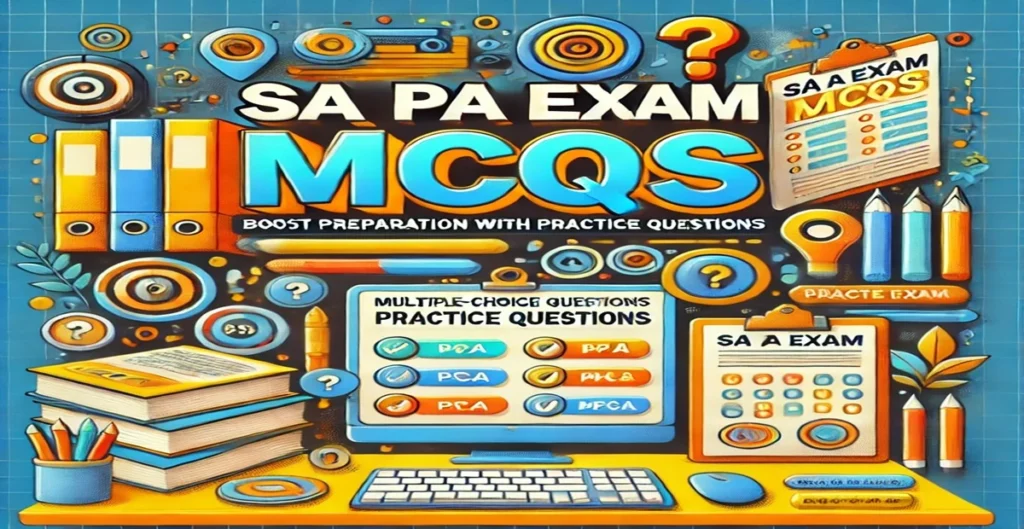Information Technology Act 2000 MCQs- “Practice high-quality MCQs for the Inspector of Post Office (IPO) Exam covering key postal rules, procedures, and current schemes. Ideal for quick revision and accurate self-assessment based on the latest syllabus.”
Q.1. What is the main objective of the Information Technology Act, 2000?
A) To regulate banking systems
B) To provide legal recognition to electronic transactions
C) To control internet usage
D) To promote social media platforms
Q.2. When did the Information Technology Act, 2000 come into force?
A) 9th June 2000
B) 17th October 2000
C) 1st January 2001
D) 26th January 2000
Q.3. The IT Act, 2000 extends to:
A) Entire India except Jammu & Kashmir
B) Urban areas only
C) Entire India and offences committed outside India
D) Government departments only
Q.4. Who is defined as an “Addressee” under the IT Act?
A) Government Officer only
B) Sender of an electronic record
C) Intermediary forwarding the message
D) Person intended to receive an electronic record
Q.5. Which cryptographic method is used under the IT Act for digital signatures?
A) Symmetric encryption
B) Block cipher method
C) Asymmetric Crypto System
D) Plaintext encryption
Q.6. What does a Hash Function ensure in digital communication?
A) Speed of data transfer
B) Color coding of messages
C) Verifies authenticity and integrity
D) Compresses large files
Q.7. Under Section 23, suspension of a license without giving a hearing cannot exceed:
A) 5 days
B) 7 days
C) 10 days
D) 15 days
Q.8. Under Section 33, failure to surrender license can result in imprisonment of:
A) Up to 3 years
B) Up to 1 year
C) Up to 6 months
D) Up to 15 days
Q.9. As per Section 35, who holds the Private Key for digital signature creation?
A) Certifying Authority
B) Appellate Tribunal
C) Subscriber
D) Government
Q.10. Under Section 44, what is the penalty for failure to furnish required information?
A) ₹50,000
B) ₹1,00,000
C) ₹1,50,000
D) ₹2,00,000
